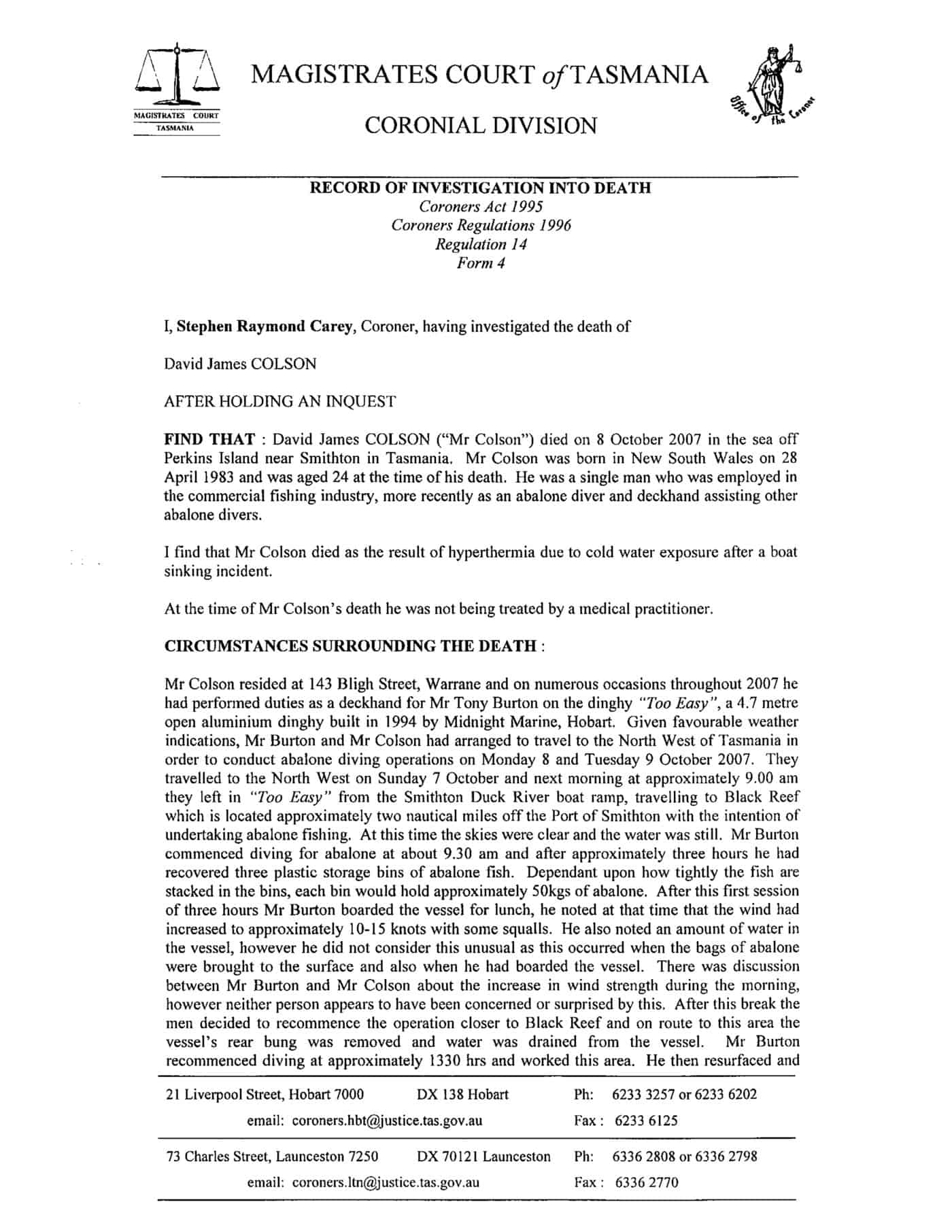Twelve days in 2010 and Victoria has experienced its first workplace death and it was due to the use of a forklift. A 60-year-old man was crushed after a load being removed from a truck by forklift fell.
According to WorkSafe Victoria:
“…the man was guiding a forklift driver who was to remove the computer equipment weighing some 200kg and standing about 2m high, from the back of a semi-trailer. The equipment was on castors and not mounted on a pallet.”
As part of WorkSafe ongoing campaign on forklift safety, it has issued two safety posters. Originals should be available through the local WorkSafe Victoria offices.



